A high-risk Ukrainian attack on Russia’s Kursk region has caught Russia’s military off guard, unsettling the country’s political leadership
This assessment was issued to clients of Dragonfly’s Security Intelligence & Analysis Service (SIAS) on 09 August 2024.
- The incursion is probably driven by difficulties Ukraine faces in Donbas, but is already another clear intelligence failure for Russia
- Still, it reflects a failure by Ukraine’s allies to develop a concrete, long-term plan for its security, incentivising Russia to continue the war
A Ukrainian military raid this week into southern Russia is a gamble, but one that again exposes Russian intelligence failures. The incursion probably aims to divert Russian forces from their recent slow advances in eastern Ukraine, and to strengthen Kyiv’s hand ahead of any peace talks in the coming months. We expect the incursion to continue through the weekend, and similar actions in the coming weeks as Ukraine seeks to highlight the political toll of the war for Russia.
Ukraine’s Kursk incursion unsettles Russia
Ukraine has launched a relatively large, and still expanding, incursion into Russia’s Kursk region from Ukraine’s north-east Sumy region. After breaking through two lines of border defences on 6 August, Ukraine captured several villages and the town of Sudzha, about 10km from the border, catching Russia’s military off guard. In contrast with previous Ukrainian incursions, this operation seems to involve a sizable mechanised force of Ukrainian regular troops, equipped with some high-end Western weapons and armour, and at least some elite sabotage units.
Kyiv’s motives remain unclear, and Ukrainian officials have been tight-lipped so far about the operation’s objectives. Possible goals include to force Russia to relocate units, relieving pressure on the Ukrainian front line elsewhere (notably the Donbas), and to raise morale at a tough point in the conflict. It is plausibly also trying to bolster Ukraine’s negotiating position ahead of potential peace talks in the next few months. Ukraine very likely is concerned that a Trump victory in the US presidential election in November would lead to peace talks on unfavourable terms.
Sudzha, meanwhile, is the location of an important transit hub carrying Russian gas to Europe through Ukraine. It is possible for this infrastructure to be damaged in the fighting. But it is unlikely, in our assessment, that a goal of the Kursk operation is to further disrupt energy supplies to Hungary or Slovakia, even if these have been among the EU countries least supportive of Ukraine in its war against Russia.
Ukraine’s incursion into Kursk appears highly risky, and may still backfire. In its defensive lines in Donbas, manpower shortages are likely to be Ukraine’s most pressing problem. Despite ongoing mobilisation, many of Ukraine’s new recruits remain in training. We had initially assessed that the Kursk operation was likely to be a raid with limited goals and of limited duration. But Ukraine appears since to have sent reinforcements, and its operations there continue to expand (the latest reports suggest its advanced forces may be 30-35km inside Russia).
Uncertainty over Ukraine’s security
The incursion has allowed Ukraine to seize the political initiative. It has changed the dominant narrative on the ground war, while unsettling Russian military and political leaders. After last year’s Wagner mutiny, and a terrorist attack on Moscow in March 2024, Kursk marks another major intelligence failure for Russia, highlighting an ongoing weakness in its national security apparatus. Despite all this, a concrete plan for Ukraine’s longer-term security remains unclear. Most notably, NATO did not offer a clear path to membership at the alliance’s 2024 summit in Washington on 9-11 July.
Keeping arrangements for Ukraine’s long-term security unresolved is probably an incentive for Russia’s President Putin to sustain the conflict, in our assessment. This is likely to remain so until he perceives that he can declare a victory, or Russia’s capacity to prosecute the war falters. But additional funding offered in recent months to Ukraine, including by NATO, appears sufficient to cover Ukraine’s budget, military procurement, and training needs during 2025.
Image: Ukrainian servicemen operate a Soviet-made T-72 tank amid the Russian invasion of Ukraine. Ukraine launched a surprise offensive into the Russian border region of Kursk on August 6, 2024, capturing over two dozen towns and villages in the most significant cross-border attack on Russian soil since World War II, in the Sumy region, near the border with Russia, on 12 August 2024. Photo by Roman Pilpey/AFP via Getty Images.




